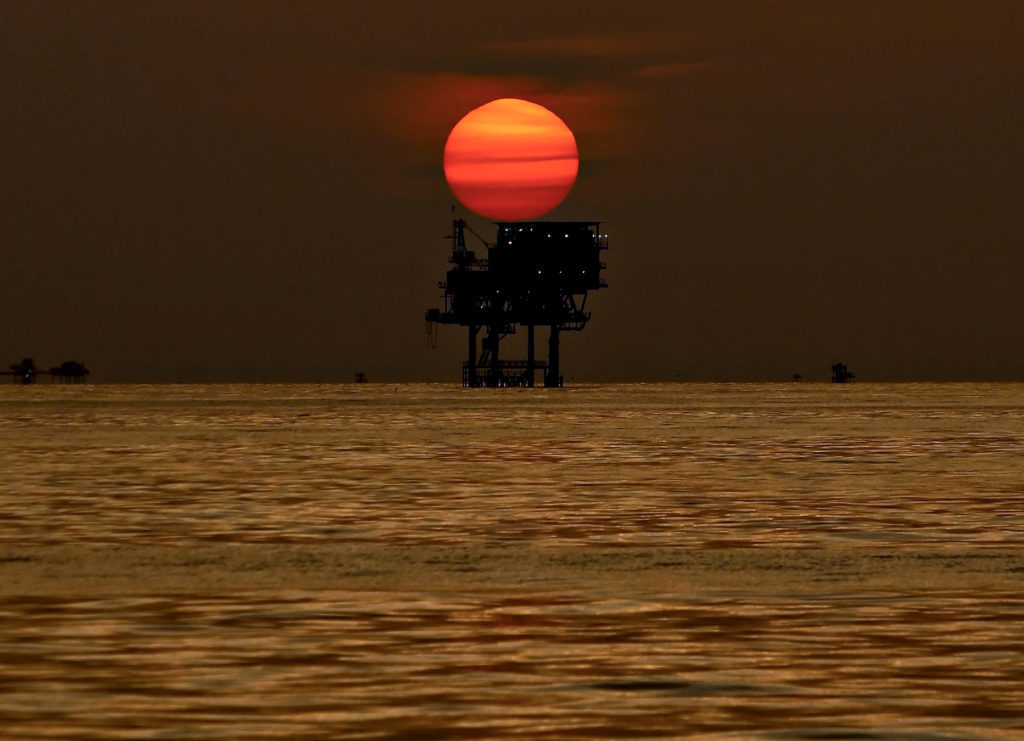
A new report from Westwood Global Energy Group has laid bare the impact of the UK Government’s fiscal tinkering on Harbour Energy’s (LON: HBR) share price in 2022.
Among the “big 15” international oil companies (IOCs) studied by the oil and gas research body, just two operators finished the year with a lower share price than they started it.
One of those to buck the trend for 2022 was London-listed Harbour, with shares in the North Sea’s biggest producer closing out the year 23% down.
The other was Australian multinational OMV, which suffered from its exposure to Russia.
On average, shares in the big 15 IOCs finished the year 32% higher, according to research from Westwood.
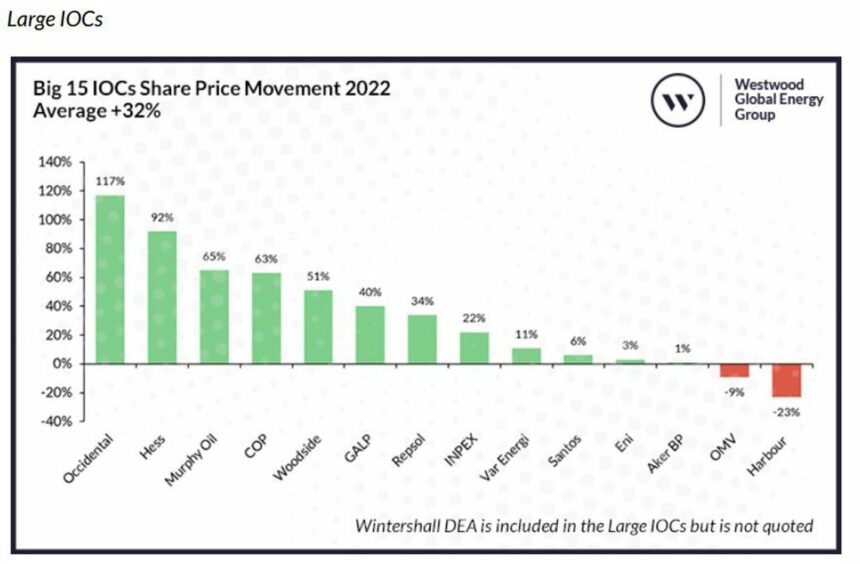
Oil and gas prices boosting stocks
Putin’s invasion of Ukraine in February sent already high oil and gas prices through the roof, with many energy companies subsequently posting record quarterly results.
Swathes of firms also announced their intention to pull out of Russia, incurring significant financial hits as a result.
For Harbour though, its outlying share performance was primarily due to the impact of the windfall tax on the sector.
The UK Government first introduced the energy profits levy (EPL) in May 2022, before increasing it a few months later.
Combined with other taxes, it means North Sea producers now face handing over 75% of their profits to the government, though their is investment relief.
Westwood said: “Only two of the big 15 IOCs had lower share prices at end-2022 than at the start. OMV (down 9%) is the most exposed of the big 15 IOCs to Russia. Harbour Energy (down 23%) is badly affected by the UK Government’s introduction of an upstream windfall tax given 94% of its production is from the UK North Sea.”
Given its position as the top producer in the basin Harbour has been amongst the harshest critics of the EPL, shunning the latest licensing round and announcing job losses as a result of the policy.
Following the ramp up of the tax in November, the company, a result of a merger between Permier Oil and Chrysaor, was also relegated from the FTSE 100.
Wheeling and dealing
Westwood’s report also underlined a “considerable drop in the aggregate value of upstream” oil and gas deals completed last year, despite higher commodity prices.
Research body Westwood Global Energy Group recorded 57 significant agreements in 2022 worth $48 billion and involving 2.8 billion barrels of oil equivalent (bnboe) of 2P reserves and 1.8 million barrels of oil equivalent per day (mmboe/d of production).
That compares to with 53 deals in 2021 worth $87bn, which traded 6.2 bnboe 2P reserves and 2.0 mmboe/d of production.
Of those transactions settled two years ago, six of them were completed for more than $5bn, including Aker BP acquiring Lundin for $13.6bn.
In 2022, the highest value deal was only $4.8bn, with EIG acquiring a 25% equity stake in Repsol’s upstream business, according to Westwood’s ‘Upstream Oil and Gas Review’.
Big Oil sold $5.8bn less upstream assets in 2022 than in 2021, with their “portfolio rationalisation reduced on the back of higher commodity prices as strong operating cash flows resulted in less need to sell assets”.
Private equity was by “far the biggest trader of assets” – selling US$11.3bn (23% of the total) and buying US$18.3bn of assets in 2022 (38% of the total).
UK leading non-US deals
Outside of the US, the two biggest M&A deals were both in the UK – Serica Energy’s acquisition of Tailwind Energy for $0.8bn, and Ithaca Energy’s takeover of Siccar Point for $0.7bn.
Westwood stated in its report: “Overall, the upstream M&A market in 2022 saw a small increase in the number of deals done but fewer higher value deals meant a lower overall value of assets traded compared to 2021.
“Although the headline value traded was lower, more cash changed hands in 2022 as 91% of the deal value was funded by cash compared to only 40% in 2021.
“Consolidation in the sector continues with private equity continuing to be net buyers.”

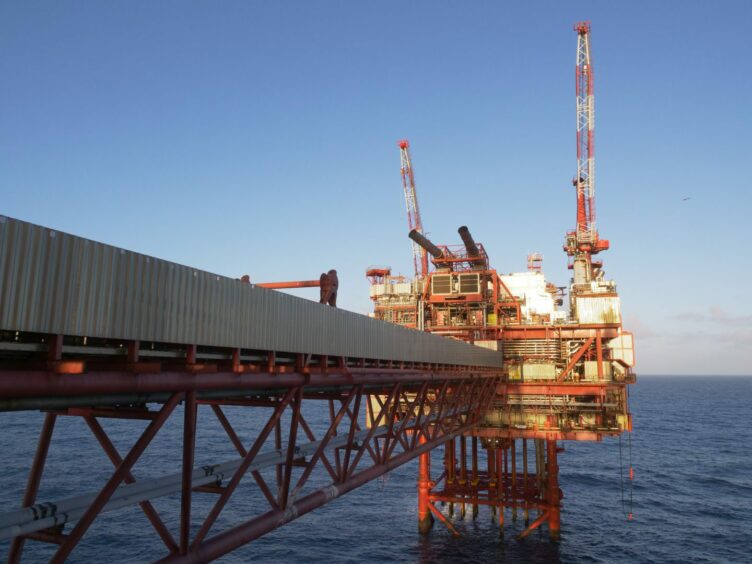 © Supplied by Harbour Energy
© Supplied by Harbour Energy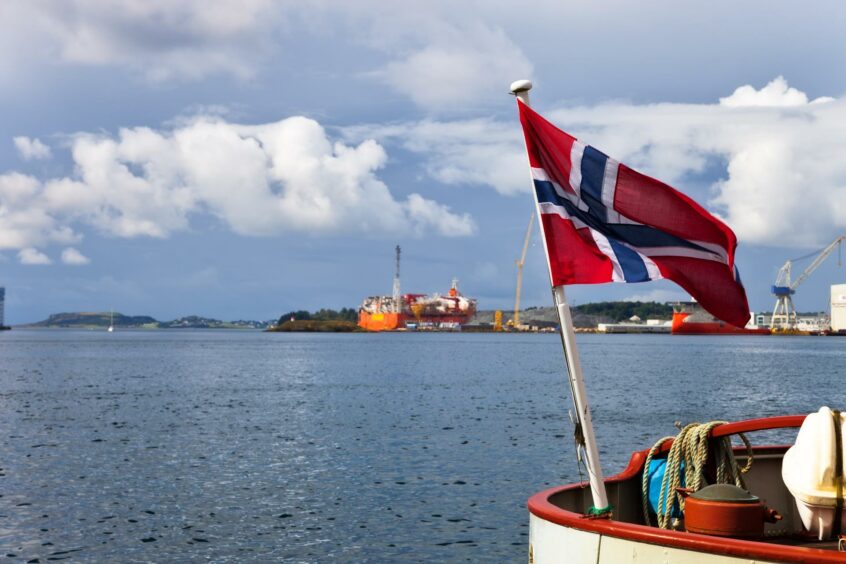 © Shutterstock / Nightman1965
© Shutterstock / Nightman1965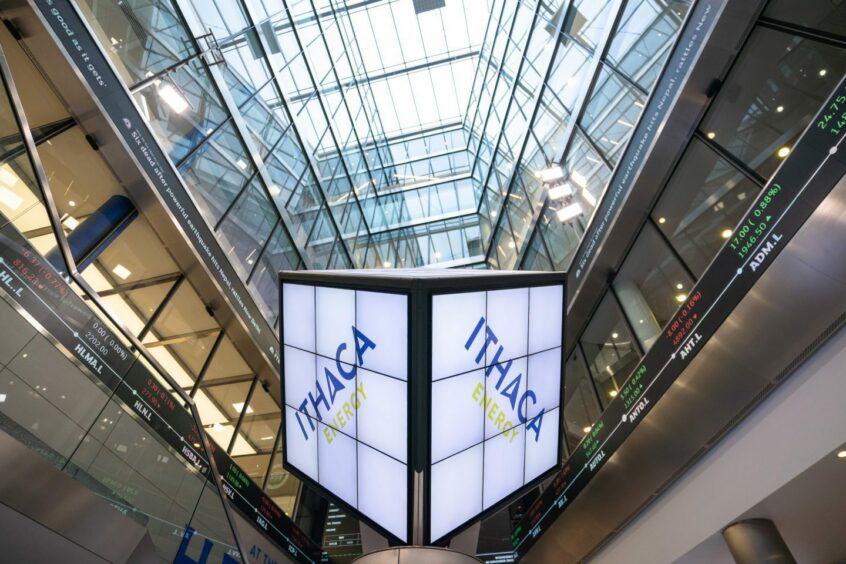 © Supplied by Ithaca Energy
© Supplied by Ithaca Energy